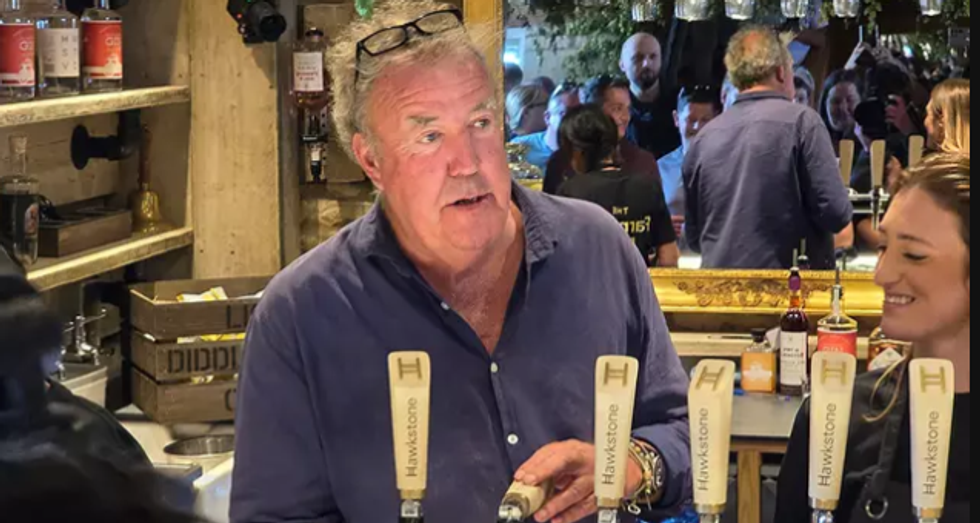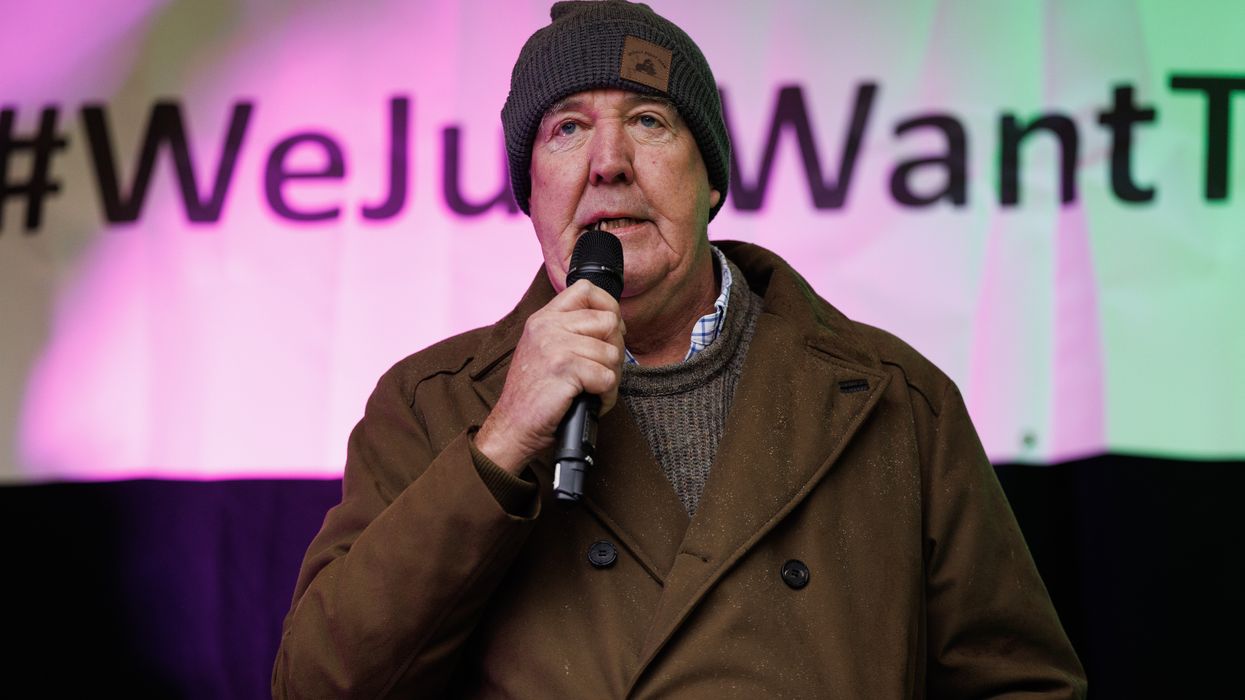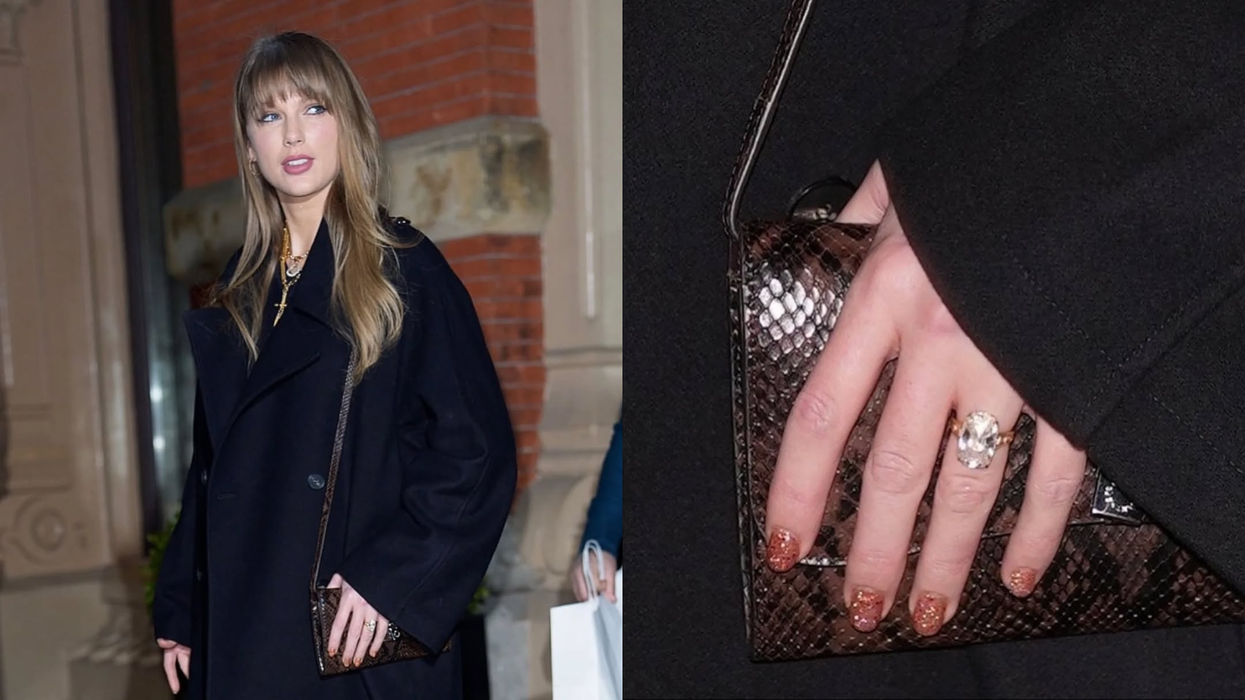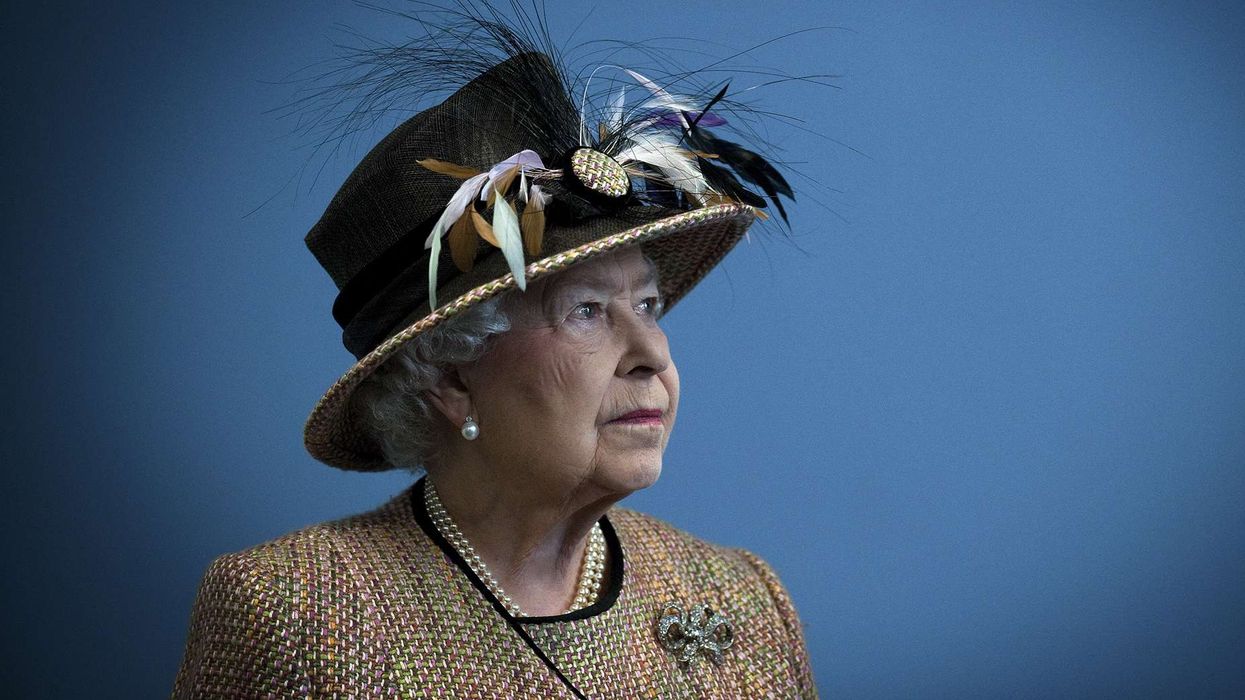The Farmer’s Dog, the Cotswolds pub owned by television presenter Jeremy Clarkson, has been added to a list of over 600 UK businesses deemed undesirable by an animal rights group. The former Top Gear host, who also stars in Amazon’s Clarkson’s Farm, has faced criticism from campaigners for his alleged support of fox hunting and opposition to badgers.
Pub featured in Clarkson’s Farm finale
The Farmer’s Dog, located in the Oxfordshire countryside, opened in late August 2024. Its launch was documented in the final episode of Clarkson’s Farm Season 4, which aired recently. The pub is housed in a 15th-century vaulted barn with panoramic views of the Cotswolds and was previously known as The Windmill.
Despite the scenic location and fan interest, the pub’s early days were marked by controversy. Two hospitality consultants hired to assist with the launch reportedly resigned after a few days, citing problems including a leaking roof, under-resourced staff, and a lack of toilet facilities. They claimed the venue was not fit for business.
Animal rights group lists Clarkson’s pub
The pub has now been added to a list compiled by Blood Businesses, a campaign group that tracks venues linked to hunting and animal cruelty. The group describes The Farmer’s Dog as owned by “pro-hunt and anti-badger celebrity farmer Jeremy Clarkson,” and includes it on its public database of UK businesses it views as promoting or enabling animal harm.

Blood Businesses said Clarkson’s association with fox hunting and comments about badgers contributed to the pub’s inclusion. They also highlighted the presenter’s previous links to the controversial Heythrop Hunt, which has faced criticism for animal cruelty.
Ongoing criticism from campaigners
Clarkson’s Hawkstone Brewery has previously been targeted by animal rights activists after allowing a hunt onto his land, some of whose members had reportedly been fined for related offences. The presenter has also made headlines for statements criticising badger protection policies, which some farming groups blame for the spread of bovine tuberculosis.
The addition of The Farmer’s Dog to the Blood Businesses list adds further scrutiny to the public figure’s farming and hospitality ventures. The list includes over 600 venues across the UK, spanning landowners, retailers, pubs, and online platforms.
Pub remains popular despite controversy
Despite criticism and its inclusion on the undesirable list, The Farmer’s Dog continues to attract visitors. Since opening, fans of Clarkson’s Farm have travelled to the pub, even amid reports of high prices. A viral photo of a receipt for a Sunday roast recently reignited debate about affordability and value for money.
Clarkson has previously stated that the pub loses £10 for every customer, though no detailed financial figures have been released. The recent developments may further discourage animal welfare supporters, but the venue remains a point of interest for the presenter’s followers.













